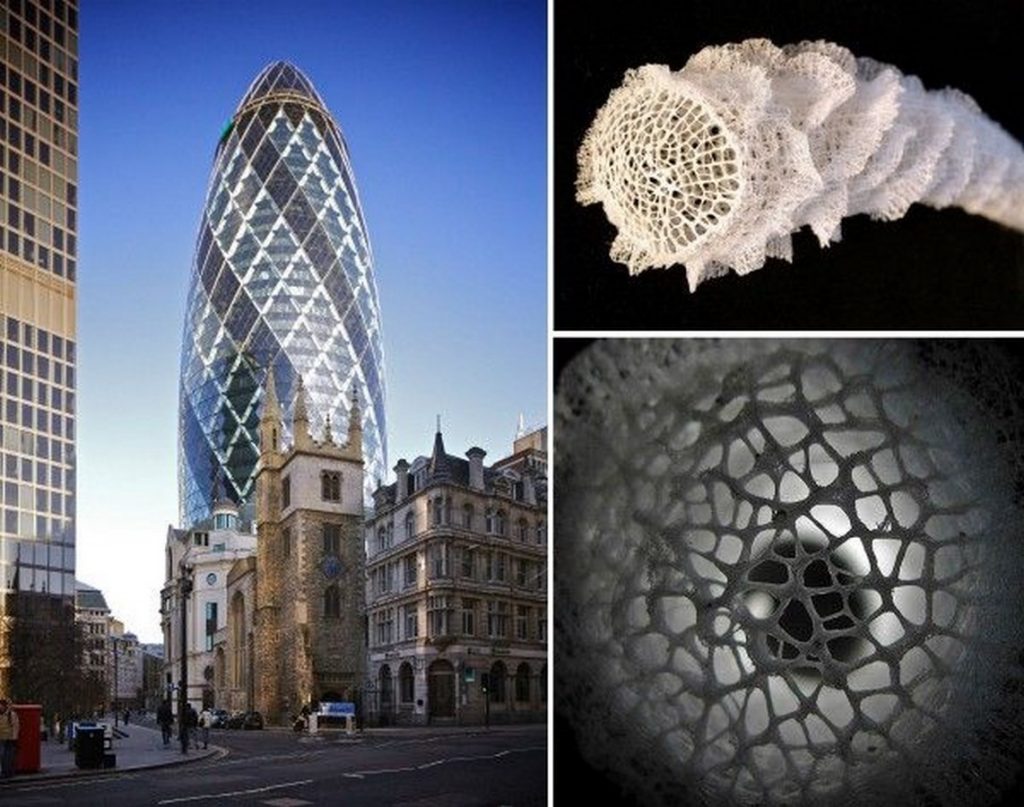Nature has been evolving and perfecting its designs for millions of years, resulting in incredible adaptations and solutions to complex challenges. Bio mimicry, also known as biomimetic, is a discipline that draws inspiration from nature's wisdom to solve human problems and create innovative designs.
By emulating nature's time-tested strategies and principles, bio mimicry offers a sustainable and efficient approach to technological advancements. In this article, we will explore the concept of bio mimicry, its applications across various industries, and its potential to revolutionize the way we solve problems and design solutions.
Understanding Bio mimicry
Bio mimicry, derived from the Greek words "bios" meaning life and "mimesis" meaning to imitate, involves studying and emulating nature's patterns, structures, and systems to create sustainable and efficient designs.
It encompasses a wide range of disciplines, including biology, engineering, design, and materials science. Rather than seeing nature as a source of raw materials to exploit, bio mimicry views nature as a mentor, providing a vast library of design solutions that have been honed through countless generations of evolution.
Applications of Bio mimicry
Architecture and Construction
Bio mimicry has revolutionized the field of architecture by incorporating nature-inspired designs that enhance energy efficiency, sustainability, and aesthetics. Buildings inspired by termite mounds have been designed to optimize airflow and temperature regulation, reducing the need for energy-intensive air conditioning.
The lotus leaf's self-cleaning ability has inspired the development of self-cleaning surfaces for buildings, reducing maintenance costs and water usage.
Transportation
The field of transportation has witnessed remarkable advancements through bio mimicry. The streamlined shape of birds and fish has inspired the design of aerodynamic vehicles, reducing drag and improving fuel efficiency.
The study of bird flocking behavior has led to the development of algorithms for optimizing traffic flow and improving road networks. Additionally, the Velcro fastener was inspired by the hooks and loops found on plant burrs, leading to numerous applications in transportation and beyond.
Medicine and Healthcare
Nature has long been a source of inspiration for medical advancements. The development of Velcro has paved the way for innovative wound closure techniques that mimic the mechanisms found in gecko feet.
Sharkskin has inspired the creation of antibacterial surfaces, preventing the spread of harmful pathogens. By studying the structure of spider silk, scientists are working on developing ultra-strong and flexible materials for surgical sutures and tissue engineering.
Energy and Sustainability
Bio mimicry offers immense potential for developing sustainable energy solutions. The efficient flight of birds and insects has inspired the design of wind turbines, improving their performance and reducing noise.
Photosynthesis, the process by which plants convert sunlight into energy, has inspired the development of artificial photosynthesis systems for renewable energy production. The honeycomb structure found in beehives has inspired the creation of lightweight and strong materials for use in construction and transportation, reducing energy consumption and environmental impact.
Challenges and Future Prospects
While bio mimicry holds great promise, there are challenges to overcome. Understanding and replicating complex natural systems can be a daunting task. Additionally, intellectual property rights and access to biological knowledge raise ethical concerns.
However, as the field of bio mimicry continues to evolve, collaborations between scientists, engineers, and bi
zoologists can help address these challenges.Looking ahead, bio mimicry has the potential to drive sustainable innovation across numerous industries. By learning from nature's resilient and efficient designs, we can create solutions that are not only effective but also harmonious with the environment.
As our understanding of nature deepens, we can unlock even more secrets and find innovative ways to solve pressing global challenges, such as climate change, resource depletion, and environmental degradation.
One of the key aspects of biomimicry is the concept of "closing the loop." Nature operates in interconnected and cyclical systems, where waste from one organism becomes a valuable resource for another.
By emulating this closed-loop approach, biomimicry can guide the development of sustainable industrial processes and materials. For example, the study of mycelium, the underground network of fungal threads, has inspired the creation of eco-friendly packaging materials that are biodegradable and renewable.
Biomimicry also encourages a shift in mindset from "doing less harm" to "doing more good." Instead of simply minimizing negative impacts, biomimetic designs seek to create positive contributions to ecosystems and communities.
For instance, green roofs inspired by the biodiversity of natural ecosystems not only provide insulation and reduce storm water runoff but also create habitats for plants, insects, and birds in urban areas.
Furthermore, biomimicry encourages interdisciplinary collaboration and learning from nature's vast diversity. Nature has encountered and solved a myriad of challenges over millions of years, resulting in an incredible array of designs and strategies.
By fostering collaboration between scientists, engineers, designers, and biologists, biomimicry can promote innovative solutions that blend biological knowledge with technological expertise.
In recent years, biomimicry has gained increasing attention and recognition. Organizations dedicated to promoting biomimicry, such as the Biomimicry Institute and Biomimicry 3.8, are actively involved in research, education, and consultancy, fostering the integration of biomimetic principles into various industries.
Academic institutions are also offering programs and courses focused on biomimicry, equipping students with the knowledge and skills to apply biomimetic thinking in their respective fields.
The potential of biomimicry goes beyond individual innovations; it has the power to shape a more sustainable and resilient future for humanity. By emulating nature's designs, we can minimize waste, enhance resource efficiency, and promote regenerative practices.
Biomimicry offers a shift from a linear, extractive model to a circular, restorative model of production and consumption.
Written by: Samriddhi Gauniyal











0 Comments